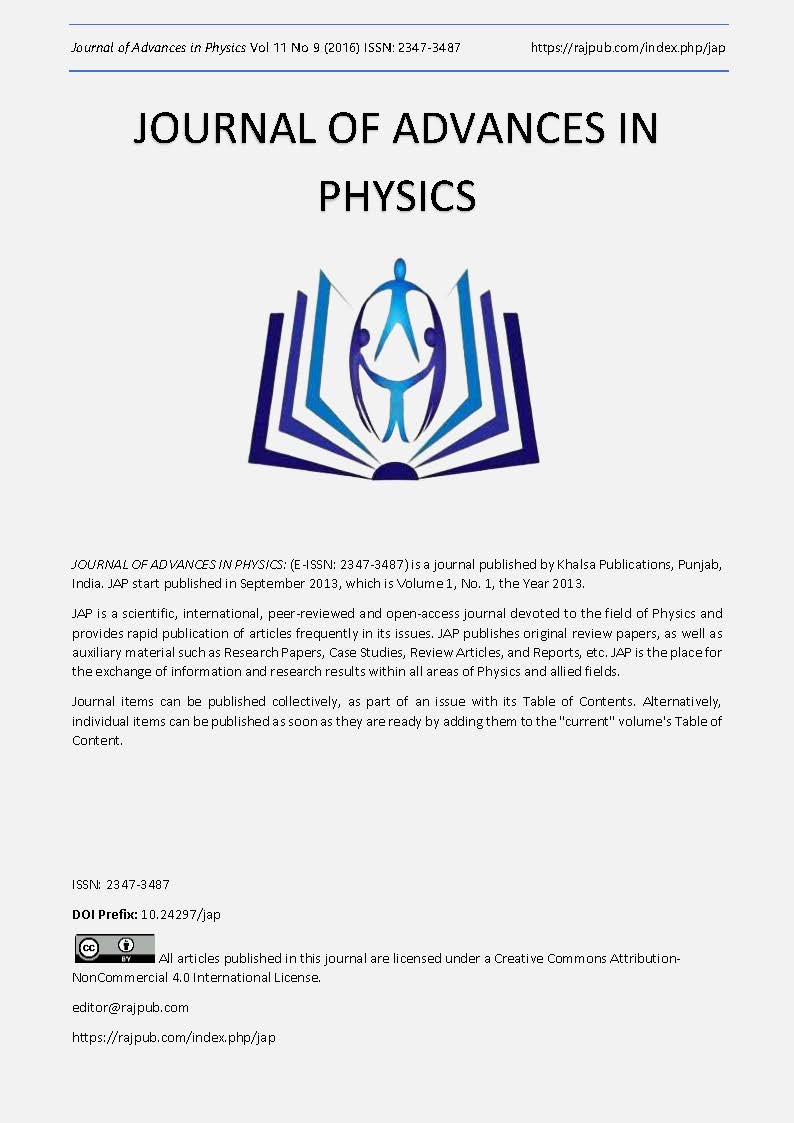Inflections of Periodicities of Background Photon Spectral Power Densities Are Predicted by the Lorentz Contraction for a Potential Indicator for the Intrinsic Structure of Space
DOI:
https://doi.org/10.24297/jap.v11i8.222Keywords:
Lorentz contraction, Photon flux density, Entanglement velocity value, 21.3Ï€4, 10-20 JAbstract
The value for the Lorentz contraction to produce a discrepancy for a hypothetical number that reflects a property (21.34) of sub-matter space was calculated. When applied to time the contraction would be ~35 min. The difference in mass-equivalent energy for an electron at c (the velocity of light in a vacuum) and the required v was ~2 ·10-20 J which has emerged as a significant quantity that may permeate from the force at Plancks Length when applied across the wavelength of the neutral hydrogen line. Two separate types of photomultiplier instruments (digital and analogue) measuring with different sampling rates for background photon quantities over 50 randomly selected days demonstrated averaged conspicuous inflections of standardized spectral power densities around 35 min. This is the same basic interval where microvariations in the value of the gravitational constant (G) approached a limit at which white noise dominated. The possibility is considered that this value for temporal inflections in photon power spectral densities may reflect the intrinsic nature of space-time contractions that relate gravity and photons.
Downloads
Downloads
Published
How to Cite
Issue
Section
License
 All articles published in Journal of Advances in Linguistics are licensed under a Creative Commons Attribution 4.0 International License.
All articles published in Journal of Advances in Linguistics are licensed under a Creative Commons Attribution 4.0 International License.




